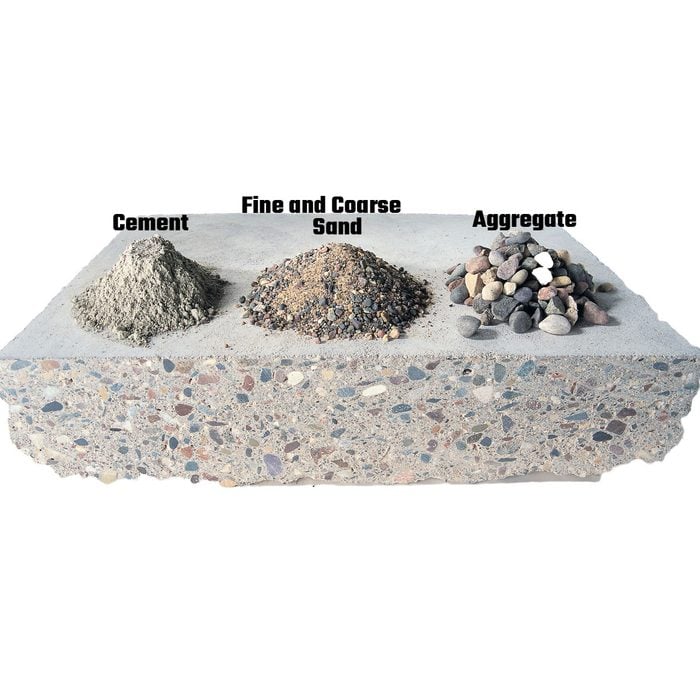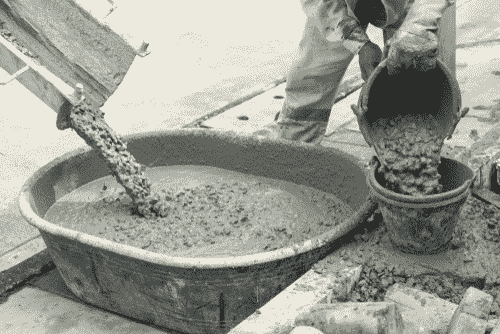Unveiling the Eco-Friendly Advantages of Utilizing Recycled Concrete in Lasting Building And Construction Practices
In the world of lasting building techniques, the use of recycled concrete stands as a critical yet often underestimated resource. Past its traditional applications, recycled concrete deals a myriad of eco-friendly benefits that prolong much beyond the boundaries of traditional building and construction materials.
Environmental Advantages
By integrating recycled concrete into construction techniques, there is a considerable decrease in the requirement for brand-new raw products, leading to conservation of natural sources. Furthermore, the use of recycled concrete diminishes the quantity of waste being sent out to garbage dumps, therefore minimizing environmental pollution and relieving the stress on land fill capabilities (Concrete).

In addition, the manufacturing of typical concrete is a significant resource of carbon exhausts because of the energy-intensive process of cement manufacturing. On the other hand, recycled concrete has a reduced carbon impact as it decreases the demand for new concrete production. This decline in carbon discharges contributes to mitigating environment change and supports sustainable construction techniques. Generally, the environmental advantages of using recycled concrete are substantial and play a crucial role in promoting eco-friendly building and construction techniques.
Cost-Efficiency
Accomplishing cost-efficiency is a vital consideration when analyzing the utilization of recycled concrete in construction projects. One of the essential benefits of making use of recycled concrete is its cost-effectiveness contrasted to traditional concrete.
Additionally, making use of recycled concrete can cause financial savings in land fill prices by drawing away concrete waste from disposal websites. This not just lowers the ecological influence however likewise gets rid of the expenses related to waste elimination. The sturdiness and efficiency of recycled concrete are comparable to conventional concrete, ensuring that price financial savings do not jeopardize the top quality of the building and construction.
Longevity and Toughness
Thinking about the considerable cost-efficiency advantages of utilizing recycled concrete, it is necessary to analyze its resilience and strength in construction applications. Recycled concrete offers equivalent, otherwise exceptional, durability and toughness buildings to conventional concrete. Through innovations in processing strategies and quality assurance, recycled concrete can satisfy or exceed the efficiency standards of standard concrete. The process of recycling concrete entails crushing, arranging, and screening old concrete to create aggregates that can be utilized in new building projects. These recycled accumulations can offering satisfactory compressive stamina, resilience, and long-term performance.

Waste Decrease
Reliable waste decrease practices play a critical role in the sustainable use of sources within the building and construction market. When it involves using recycled concrete, waste reduction is an essential advantage that adds considerably to ecological preservation. Conventional building approaches often generate substantial amounts of waste, especially in the form of concrete rubble from demolition sites. By incorporating recycled concrete right into construction projects, this waste is repurposed and drawn away from garbage dumps, minimizing the general environmental effect of building and construction activities.
Furthermore, the usage of recycled concrete can lead to cost financial savings for construction projects, as it is websites often a lot more inexpensive than sourcing and moving new materials - Concrete. In conclusion, waste reduction via the usage of recycled concrete is an essential component of lasting construction techniques that benefits both the building and the setting market as a whole.
Power Preservation
When it comes to using recycled concrete in construction, significant power financial savings are achieved compared to typical concrete manufacturing. The procedure of producing recycled concrete includes squashing and reusing existing concrete materials, which consumes much less power than mining, handling, and carrying raw materials for brand-new concrete production.
Final Thought
Finally, the usage of recycled concrete in lasting building and construction methods offers many ecological benefits, cost-efficiency, sturdiness, toughness, waste reduction, and power conservation. By incorporating recycled concrete right into building projects, we can add to a more eco-friendly and lasting future. It is necessary for the building and construction sector to focus on using recycled products to aid minimize the ecological impact of building activities.
One of the crucial advantages of making use of recycled concrete is its cost-effectiveness compared to typical concrete.Additionally, the usage of recycled concrete can lead to cost savings in landfill prices by diverting concrete waste from disposal sites. The durability and efficiency of recycled concrete are equivalent to traditional concrete, guaranteeing that price savings do not jeopardize find out the top quality of the construction.
